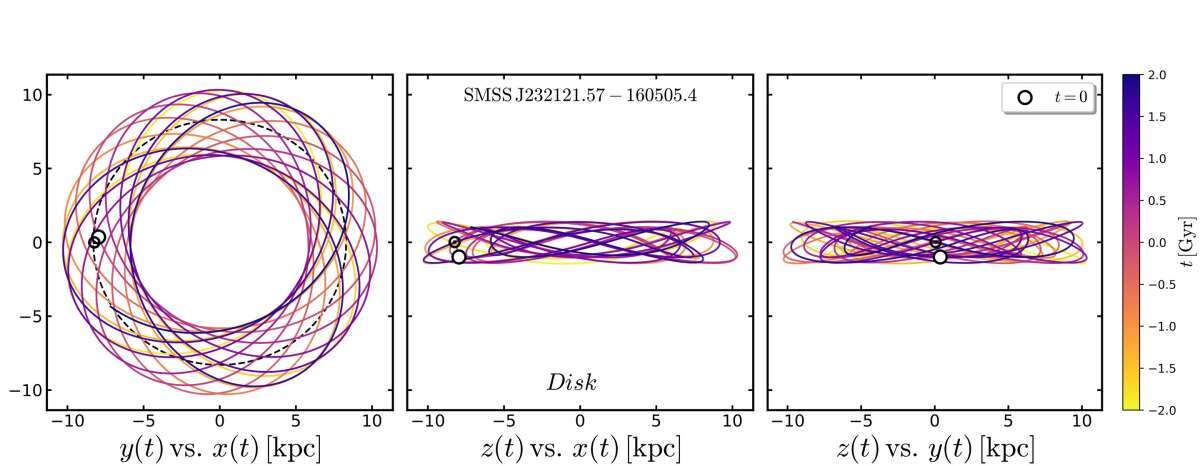
Theories of the formation of the Milky Way can be revised as a result of a discovery based on the study of the behavior of the oldest stars of our Galaxy.
A study of the orbits of the most metal-poor stars of our Galaxy – which are presumably the oldest of the stars – showed that some of these luminaries move in very unusual orbits.
“Metal-poor stars – which contain less than one thousandth of the amount of iron found in the Sun’s matter – are among the Galaxy’s rarest objects,” said Professor Gary Da Costa of the ARC Center of Excellence in All Sky Astrophysics in 3 Dimensions (ASTRO 3-D) and Australian
“We studied 475 such stars and found that about 11 percent of this number turns in almost one plane coinciding with the plane of the Milky Way disk.”
“They move along trajectories close to circular – almost the same as the Sun. This came as a surprise to us, and we think that astronomers will soon have to reconsider some of the basic ideas about the evolution of the Galaxy. “
Previous studies have shown that metal-poor stars are concentrated almost exclusively within the galo and balj of the Galaxy, but this new analysis demonstrates that a significant number of stars rotate along with the galactic disk itself.
The sun also revolves around the center of the Galaxy as part of the disk, and that is why in the sky we observe the Milky Way in the form of a thin strip, rather than a circle or ellipse. In fact, we see the galaxy “front,” and not “top.”
“Over the past year, our idea of the evolution of the Milky Way has undergone significant changes,” said chief author Giacomo Cordoni of the University of Padua, Italy.
“This discovery is not consistent with the previous scenario of the formation of the Galaxy. The orbits of these stars resemble the orbit of the Sun, but in their material iron is found in quantities that make up only a tiny fraction of the content of this element in the substance of our star. Finding out the origin of these abnormal orbits will help us get new information about the evolution of the Milky Way over billions of years. “





